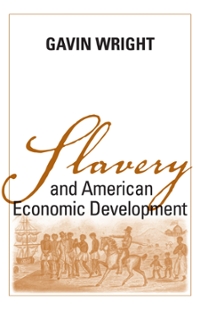The question is as following
3. Sunny Town is the most sunny city of the USA. However, there is only one shop selling sunscreen, that consequently is a monopolist (assume the neighbor cities are too far away to be reached just to buy sunscreen). There are two types of people in the city, the ones who enjoy sunbathing and the ones who have a very delicate skin and need to be very careful when they relax under the sun. This suggests that they have very different willingness to pay for sunscreen, since the first group feels more confident tanning without protection (even if they know they should always use the sunscreen). The first group has demand q1 = 60 -2p, and the second one has demand q2 = 80 - 2p2. The supplier has marginal cost MC(q) = 2q, where q = q1 + 92 is the total amount sold in the town. (a) Suppose that the owner of the shop is able to distinguish whether each customer has delicate skin or not. Hence, he can separate the customers into the two groups discussed above (third degree price discrimination). Thus, he prepares two (only apparently) different sunscreens and sells them at different price. In this way, each group will pay its own price per unit. How many units does the shop sell to each group? At what prices? (You can approximate to the first decimal number) (b) Suppose that the owner of the shop knows very well every person in SunnyTown. This makes him able to first degree price discriminate his customers and charge the full willingness to pay for every unit. How many units does he sell to each group? (c) Finally, assume that the owner of the shop is new in town and so he is not able to distinguish among the two groups, but he can only set a unique price for everyone. Compute the total market demand the supplier is facing (quantity as function of the price; remember, here the two different groups have different price intercept). Then, compute the marginal revenue as function of the total quantity and the optimal quantity and price set by the monopolist (you can approximate to the first decimal). Are customers from both groups buying the goods? Provides a graphical representation of the analysis. (d) Suppose instead of MC(q) = 2q , the shop had exactly 15 units of sunscreen to sell to the two groups (and no costs to worry about; the 15 units are already produced). How should it split the units between the groups







